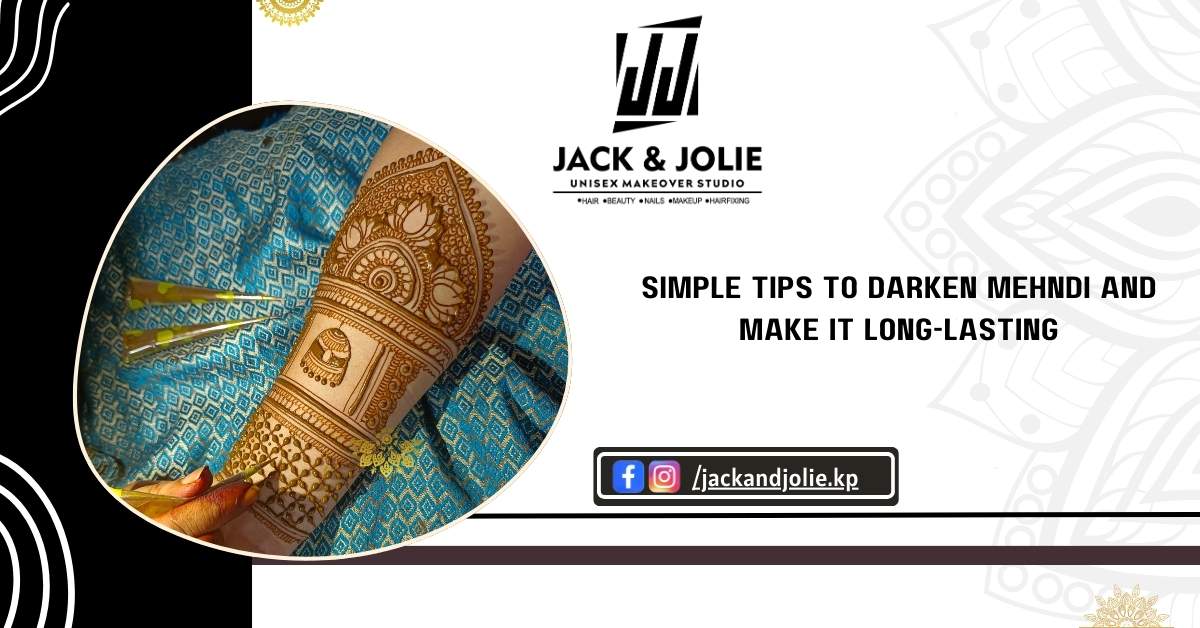Introduction
Mehndi, also known as henna, is a traditional form of body art that has been practiced for centuries in various cultures around the world, especially in South Asia, the Middle East, and North Africa. The word “mehndi” is derived from the Sanskrit word “mendhikā,” and the art form involves the application of a paste made from the leaves of the henna plant .
Key Aspects of Mehndi
1. Henna Plant
The Mehndi plant’s leaves are dried, crushed, and finely ground to produce a powder that, when mixed with liquid, forms a paste suitable for application on the skin.
2. Cultural Significance
Mehndi holds cultural and symbolic importance in various traditions. It is commonly associated with celebrations and rituals, such as weddings, festivals, and religious ceremonies. Applying mehndi is considered auspicious and is believed to bring good luck and prosperity.
3. Occasions for Mehndi
- Weddings: Mehndi is an integral part of pre-wedding celebrations in many cultures. It is applied on the hands and feet of the bride as well as female family and friends.
- Festivals: Celebrations like Eid, Diwali, Karva Chauth, and other cultural festivals often involve the application of mehndi as a decorative element.
- Special Events: Mehndi is also applied on special occasions, such as birthdays, baby showers, and cultural gatherings.
4. Application Process
The mehndi paste is applied to the skin using various techniques, including cones or brushes. Artists create intricate patterns and designs, ranging from floral motifs to geometric shapes, with each design holding its own cultural and symbolic significance.
5. Drying and Staining
Once applied, the mehndi paste needs time to dry on the skin. During this time, the active components in henna interact with the proteins in the skin, resulting in a temporary stain.
6. Temporary Nature
Mehndi is temporary and fades over time as the outer layer of the skin naturally exfoliates. The duration of the stain depends on various factors, including the quality of the henna, how long the paste is left on, and individual skin characteristics.
7. Modern Trends
While traditional mehndi remains popular, contemporary trends have introduced innovations like glitter, colored henna, and combining mehndi with other forms of body art.
Mehndi is not just a form of body decoration; it is a cultural expression that reflects the richness and diversity of traditions across different regions and communities. The artistry, symbolism, and celebratory nature of mehndi continue to make it a beloved and enduring practice.
Make your Mehndi color stand out in the crowd with these simple yet effective tips
Discover the secrets to achieving a rich, long-lasting henna or mehndi dye – a tradition that spans centuries across Arabia, ancient Persia, Mesopotamia, Tunisia, Africa and India, deep rooted in Hindu and Islamic cultures. Explore the importance of mehndi in wedding rituals, believed to bring prosperity to the newlyweds, with the intensity of the stain symbolizing a deep connection. Dive into this article to learn essential tips and tricks on how to get a shiny, long-lasting Mehndi dye, including the do’s and don’ts of application. Keep reading to reveal the art of making a dark and stunning mehndi design.
Why Does Mehndi Turn Black?
At first, mehndi color may seem light, but as it remains applied for a prolonged duration, it intensifies. This transformation is attributed to the presence of the pigment called Lawsone, which forms a bond with skin cells, collagen and keratin (found in nails and hair), resulting in a deep black-brown hue.
Explore the world of henna with three distinct types
- Red Henna: Imparts an orangish-brown and reddish-brown tint to the skin.
- Neutral Henna: Lacks any coloration.
- Black Henna : Offers a black dye to the skin.
Black henna is a blend of conventional henna and PPD (para-phenylenediamine), a coal-tar dye. While commonly used for temporary black body art tattoos and skin painting, it’s crucial to note that PPD is a known contact allergen. Therefore, it is strongly recommended to avoid the use of black henna. Some commercially available henna packs may include ingredients like indigo and lime to enhance the mehndi shade and prolong its longevity. Discover effective ways to darken mehndi for a lasting impact.
How To Darken Mehndi
1. Time
Let the henna stay on your skin for an extended period of time; Deeper and darker coloring with these contributions.
2. Use Heat
Intensify your mehndi color by applying heat (6). Use a hair dryer to warm the henna on your skin, ensuring a safe distance and avoiding prolonged exposure to heat for skin safety.
3. Use A Cling Wrap
Enhance color intensity by wrapping the area with cling film, effectively trapping heat for optimal results.
4. Use Alkaline Ingredients
Enhance the richness of henna color by mixing it with alkaline or acidic elements. Mix henna with fresh lemon juice for a darker shade once applied to your skin.
5. Essential Oils
Deepen the hue of your henna by incorporating essential oils such as lemon, eucalyptus or clove oil.
6. Coffee
Infuse your henna mixture with coffee to get that natural brownish tint that enhances its depth.
7. Beetroot
Take advantage of the natural coloring properties of beetroot juice to achieve a dark pinkish purple stain. Enhance the color of your henna by incorporating beet juice or beet powder.
8. Black Tea
Use the concentrated tannins in black tea to intensify your henna. Create a decoction by steeping tea leaves with water, then mix the brew with henna for a darker shade.
9. Charcoal Powder
Enhance the richness of your henna by incorporating the ashy tones of charcoal. Simply mix a few teaspoons of charcoal powder into the henna before application to achieve a darker shade.
10. Sugar
Improve the vibrancy and longevity of your mehndi by incorporating sugar into the mix.
Dos And Don’ts To Make Mehndi Last Longer
Dos
- Get vibrant mehndi color by leaving it on for 2-6 hours.
- After washing with henna, immerse your hands in cold water for two minutes to seal in the color by closing the skin’s pores.
- Enhance the depth of color by massaging dried henna with oil and letting it soak.
- Protect the application area from the sun when outdoors to avoid lightening of the mehndi due to sun exposure.
Don’ts
- Preserve the shine of your henna by avoiding exposure to humidity; keep applied areas dry for an extended period of time.
- When removing henna, avoid soap and instead opt for cold water to avoid fading of the mehndi.
- Use a hair dryer on low heat and maintain a safe distance from your hands or feet to prevent color bleeding.
- Avoid applying skin lightening products like bleach as they can contribute to fading of the mehndi.
How Long Should You Keep Mehndi On Your Hands?
Keep the mehndi on your skin for at least 2 to 6 hours, allowing the color to intensify over time. For a darker shade, some choose to leave it on overnight, but be careful to avoid possible excessive darkening that could occur if left on too long.
Does Vaseline Make Mehndi Darker?
Informal observations suggest that petroleum jelly might enhance the color of mehndi by locking in moisture and providing water resistance. This helps maintain the integrity of the henna, facilitating deeper penetration of the color into the skin and potentially extending the life of the color.
Does Coconut Oil Darken Mehndi?
In traditional practices, women commonly use coconut oil to enhance the darkness of their mehndi design. Acting as a protective coating, it protects the application area from exposure to moisture, allowing the mehndi to oxidize and maintain its integrity. This process contributes to intensified color and extended longevity.
Conclusion
Mehndi, or henna art, is a culturally significant and temporally beautiful form of body decoration. Rooted in tradition, it holds symbolic importance during celebrations, reflecting unity, joy, and cultural identity. Its adaptability to modern trends ensures its enduring appeal, making mehndi more than just a fleeting art but a timeless expression of heritage and celebration.


